Let’s frame (no pun intended) this article – a rather crucial one in our series on filmmaking – with a quote from Martin Scorsese. “Cinema is a matter of what’s in the frame and what’s out.”
“Lights, Camera, Action!” We’ve all had that image of being the Director on set: Sitting in the chair, bringing a brilliant shot to life while the actors say your words exactly the way you wanted them to. That’s the dream, but the reality is more of a puzzle… and being on set is where you build and connect your puzzle pieces.
Yesterday’s Prep Becomes Today’s Mission
Every production day has a goal for how much of the script is going to be filmed. Typically, big budget action/adventure movies are lucky if they get through an eighth to quarter of a page. This is because the camera and lighting set-ups take a vast amount of time. Additionally, if it’s a scene that requires special effects, that equals more setup time, leading to less actual filming time. Now you understand why it takes months – or even years – for our favorite super hero movies to get made.
On the other side, independent films, like The Storyteller, often have to get through multiple pages/scenes each day. This is because you generally have a limited amount of time in a location and your entire shooting schedule isn’t three months – it’s three weeks. Because the shooting pace on an independent film is so quick, prep work such as Tech Scouting, Rehearsals, and the director creating a shot list is vital. So let’s talk about the shot list for a minute. It is literally a list created by the director that describes every shot they want for a particular scene. If you type “How To Make A Film Shot List” into youtube, you will get a page of videos detailing how you can create your list in photoshop or use different programs. This is all well and good, but never underestimate a pen and a piece of paper. Here you can see an example: the shot list for my short Lucky Charm.
The capital letters in the linked example stand for the name of the characters, “C” is for Colin, “D” is for Danni. And I use abbreviations for the type of shot, “MS” is for Medium Shot, etc. Example: CU C = I want a close up of Colin.
An excerpt of the final, edited scene can be viewed here.
How Does The Day Begin?
It’s pretty much universal, that a filmmaker’s day starts with a meeting between him/herself, the DP and the AD. They compare the prep work against the specific mission of the day.
As we’ve discussed, the AD acts a liaison between the Director and all the other departments. So once the meeting is finished, they are responsible for making sure that the plan is executed in the given time you have for any location. Basically, while on set, it’s the AD’s job to make sure your train keeps moving down the tracks – even if you’re the one holding it up.
It’s ALWAYS a compromise.
There was a good amount of thinking on our feet. You have to be ready to roll with unexpected delays and curve balls. The location would sometimes change the initial plan, the light, the weather forecast… all kinds of things. – Rachel Noll, Producer of The Storyteller
The scope of any film (or any project for that matter) is made up of three factors: Time, Quality, and Expense. You want to make the best film in the quickest amount of time without spending an exorbitant amount of money.
There’s often this perception that (excluding Steven Spielberg and Ridley Scott) there’s no creativity in big budget filmmaking and independent film is where an artist gets to really share a vision. But filmmaking, whether at a studio or on the independent level, is as much about creatively solving problems as it is about being creative.
For my money – time is your most valuable asset in filmmaking. This is because it gives you options. It lets you get coverage from a different camera angle, do another take. It’s because of this that sometimes the answer is not buying more time, but rather maximizing the time you do have.
This was the mindset used on the set of The Storyteller:
We did fall behind. That’s bound to happen, but in my eyes, it bred creative solutions. We started looking at the shot lists and deciding which shots we could lose, what was less important, and how to maximize the time we had left. We didn’t end up cutting any full scenes, but we would cut coverage. Joe and I would talk with Dan and the AD and figure out what shots weren’t essential to telling this part of the story, and we would make a game time decision. You really don’t know how well that kind of snap decision works out until you are editing it together, but on a tight budget and an even tighter schedule, sacrifices have to be made and you do the best you can to make it a creative choice. - Rachel Noll, Producer of The Storyteller
Where Is Everyone?
After the initial meeting between the director, DP and AD, the next step becomes prepping the scene. Blocking is a technique used to help the DP decide how to light the scene. Blocking is essentially this: The actors along with the Director decide where they will be on set in a given scene. You’re planning out their actions. So why take the time to block when time is so crucial, you ask? Well, let’s ask the filmmakers on The Storyteller.
It gives the DP and his team enough time to light and prep, while the actors are getting ready, to maximize our time. The actors would meet with Joe (the director) and block this scene, and then they would go into hair and makeup while the lighting team would set up. Joe would often join them in wardrobe/makeup to talk through the character beats of the scene at this time. - Rachel Noll, Producer of The Storyteller.
Yesterday, Today and Tomorrow – All Happening At the Same Time
While the DP, Production Designer and Sound Department are all prepping the set for their respective needs, the Director and Producer can use the time to run through their plan from yesterday (yesterday meaning pre-production) and continue to prep tomorrow’s.
Joe would often be with the actors, or looking at his shot list to make sure he was clear on what he was doing and thinking the rest of the day. I would usually step off set and move back to my computer to deal with logistics with the locations, with payroll, with SAG… lots of paperwork and busy work to be done on my part that I tried to wrap up as efficiently as possible in between shots since it was important to me to be on set and with Joe at the monitor whenever we were shooting. – Rachel Noll, Producer of The Storyteller
Everyone On Set
The DP has finished setting up, the actors are back from Hair & Make-Up, everyone’s ready for a take… is it finally time to start shooting? Well you can, or you can do a rehearsal. Different than you, the filmmaker, and the actors working privately in a room, a rehearsal on set is as much for the crew as it is the actors. (Actually, if you ask some actors, it can be exclusively for the crew).
This rehearsal allows your crew to practice their moves: dolly shot in, a focus pull. It solidifies the basic blocking. It’s more prep that increases the chance for a technically perfect shot. But again, it costs you time.
The compromise? You can always be like Danny Boyle and shoot the rehearsal – which was actually requested by an actor!
From Action to Cut
The time between action and cut is the time where the actors really get to contribute to your film. It’s when the magic comes alive. You have to respect that it’s that time between action and cut that everyone, not just the actors has been waiting for. Simply getting a take isn’t the mission, nor is getting the perfect take. Because frankly, unless you’re Kubrick, you won’t have the time. It’s about getting the take.
The take can be defined by many different things, but it ultimately comes down to satisfaction. Are you – the filmmaker – creatively satisfied? This isn’t a question I or anyone can answer for you. It’s a gut feeling that’s in a perpetual state of motion and develops every time you make a film.
Thank The Crew!
Whether you’re a PA on the next blockbuster or the director of your own independent short, you will discover that every set has an atmosphere unique to itself. Making a film is a team effort and you set the tone as the filmmaker. You have to be patient but strong with your crew, creating an atmosphere that allows everyone to do their best… not just for you but for them.
On an independent film, a filmmaker’s greatest asset is indeed their crew.
We had a lot of interns and crew members who had never worked on a feature before, given the limitations of Indiana local crew, and they surpassed my expectations far and away. It took us a few days to get into our groove, but everyone worked so hard and I was incredibly proud and impressed by the level of proficiency and passion they all displayed. – Rachel Noll, Producer of The Storyteller
On set is where where drive meets preparation meets sheer luck. You’re bringing a story to life and every day (and I do mean every day) will come with its own set of problems. But you have to make sure that your push to make a film doesn’t make you forget the magic of the story.
Here’s JJ Abrams talking about the magic of the “mystery box.”
Check out this list of crew titles for a better understanding of who’s who on set and why they’re all there. And don’t miss the upcoming Storyteller Series articles on utilizing dailies and how to shoot for editing.

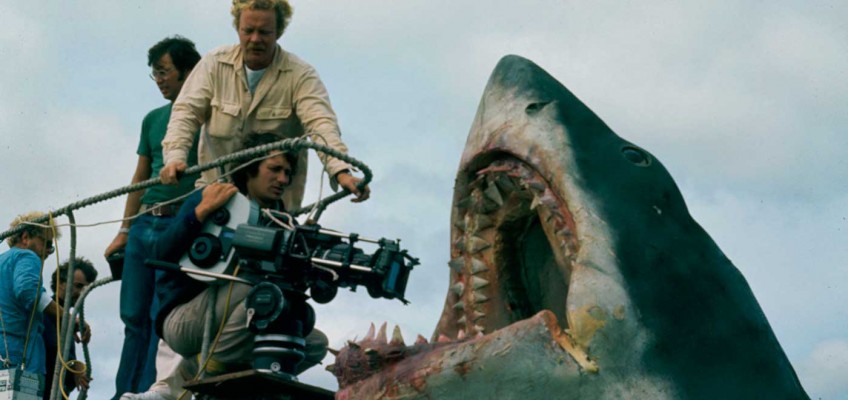
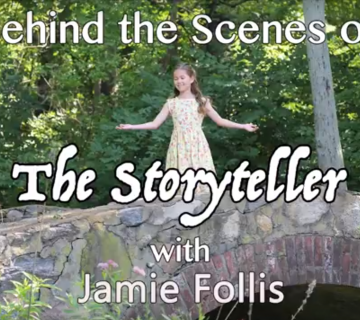
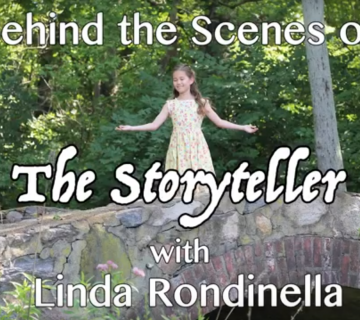
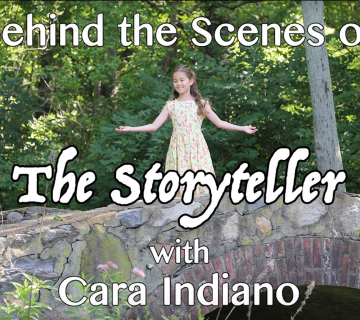
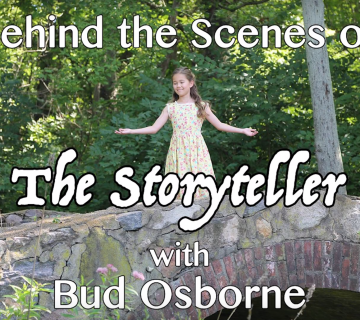
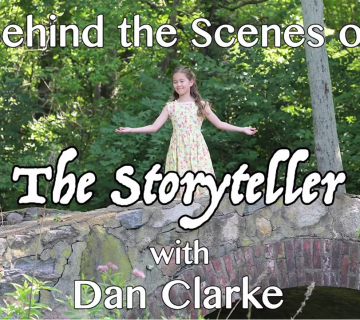
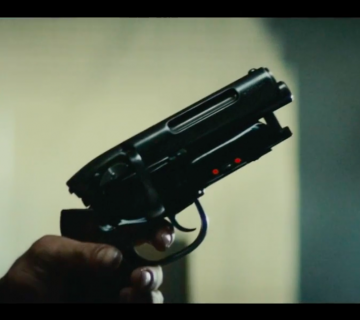

Join the Conversation →